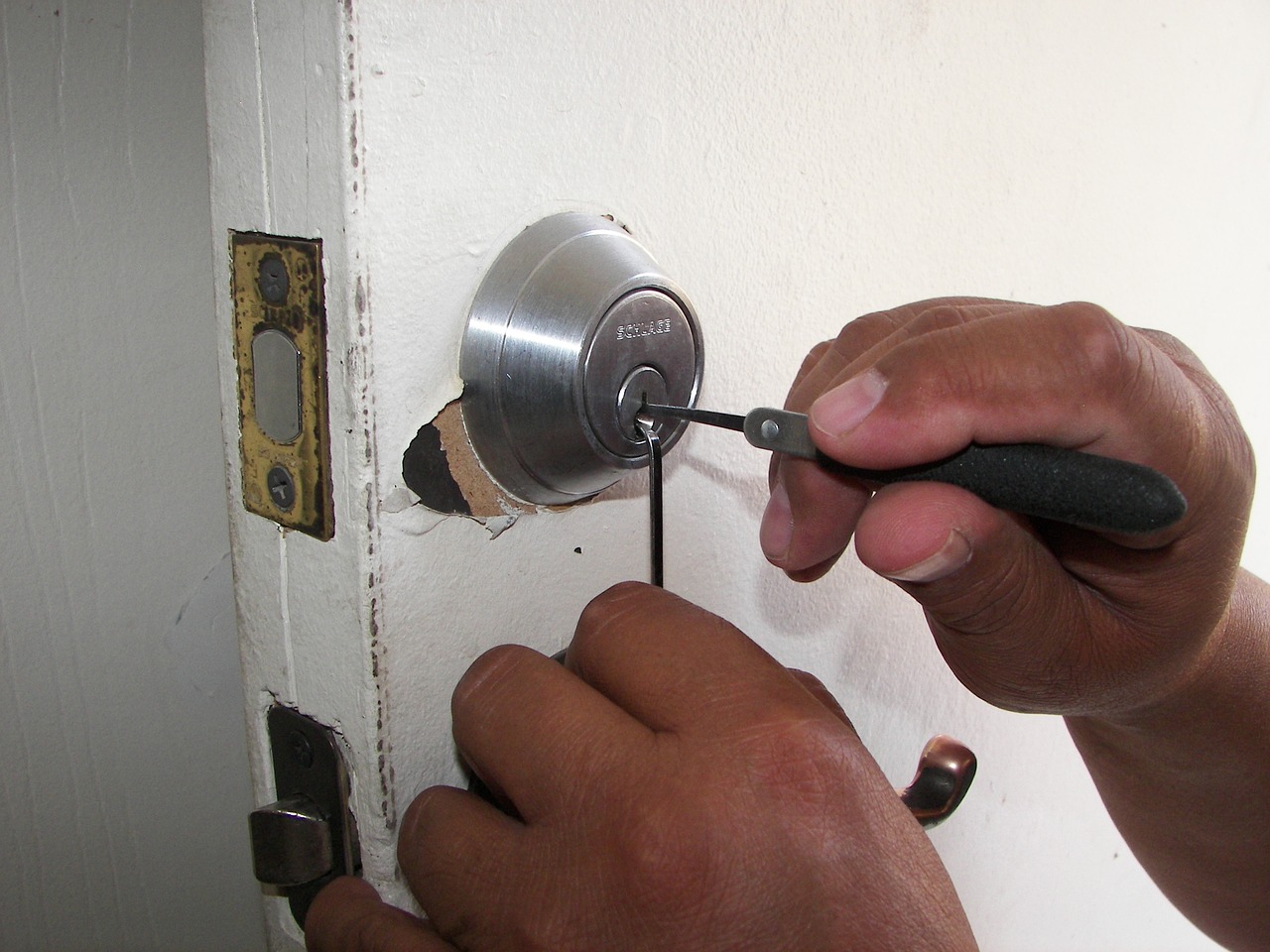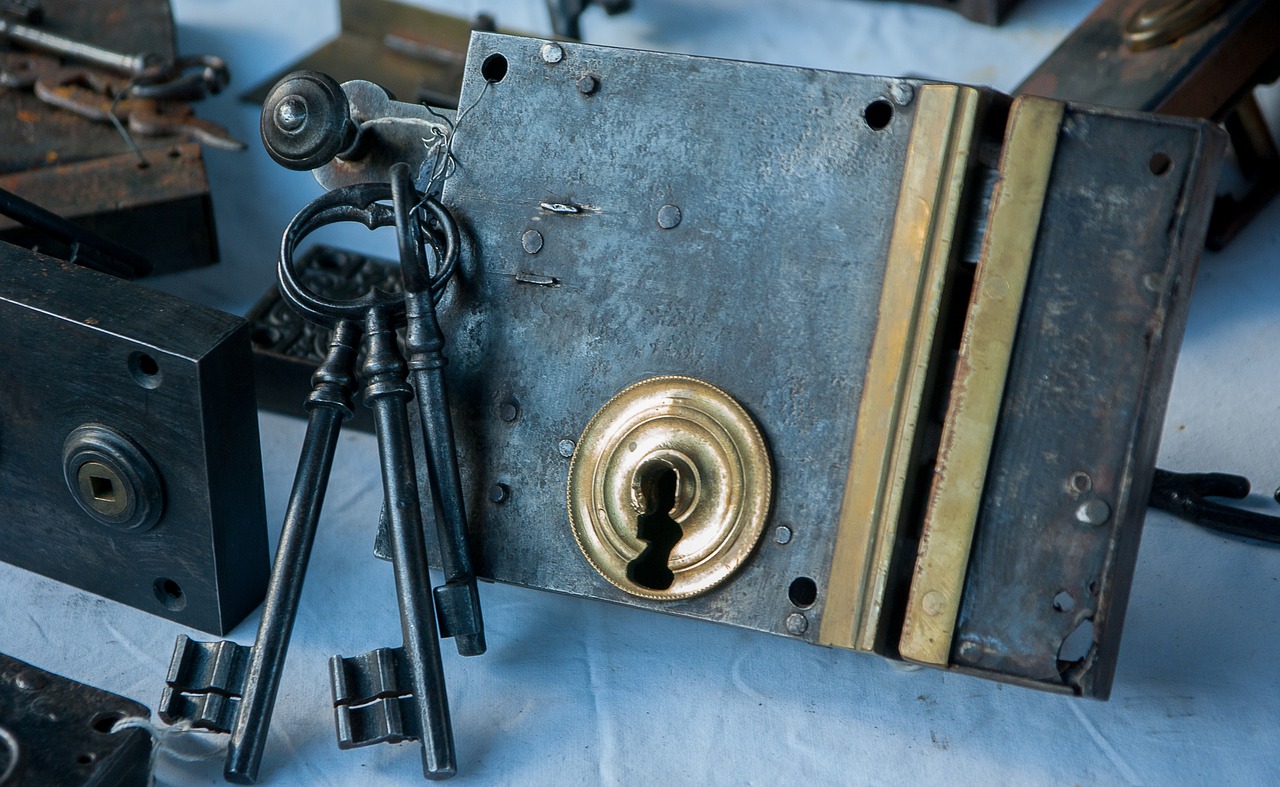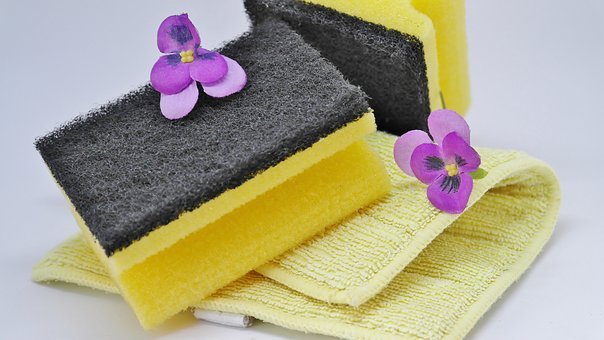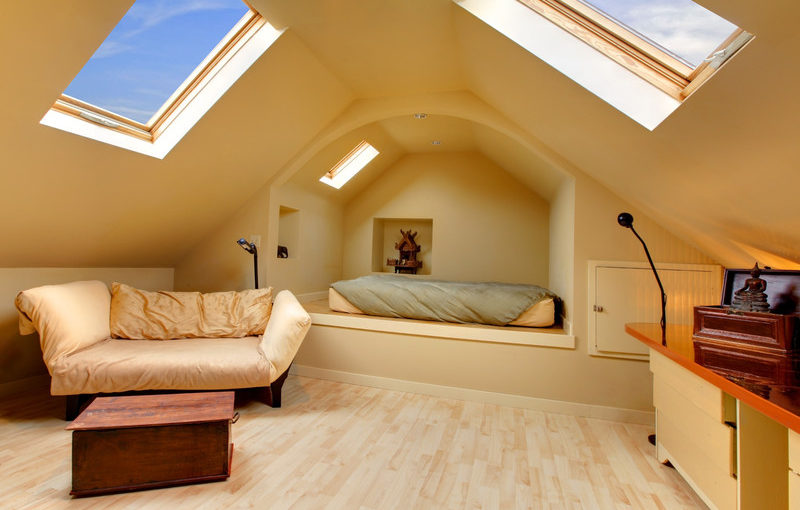A common question that consumers often ask when inquiring about locksmith services is the pricing models as they tend to differ based on company policies and the type of lock needs serviced. A little-known secret is that consumers who negotiate have the best chance of receiving the most affordable rates as a locksmithing company would rather retain a customer’s business rather than lose it to a competitor. Here are tips from Dutch Locksmithing Company that will help you get the best prices.
Research for Common Rates :
Most people do not realize they overpaid until after learning later that a locksmith charged well above the going rate. A way to ensure you get the best rate is by cold calling locksmithing companies and asking general questions about potential charges.
Ask Your Friends for Recommendations :
Hiring a locksmith that you know nothing about is risky. Take the time to talk to friends, family or coworkers who have used a locksmith to help keep their home safe for recommendations. Often, locksmiths offer discounts to new clients who have been recommended by former customers. When you make the inquiry, ask about a new customer rate by telling the locksmith who referred you to the business. Asking for a discount is also an effective negotiation tool used industrywide as it allows locksmiths to establish a trustworthy business relationship for future customer needs.
Negotiate a Discount for Positive Reviews :
The value of word-of-mouth helps locksmiths grow a client base, branding, and revenue which is less expensive than advertising. Negotiate a discount for a positive review since many consumers rely on social media platform feedback and websites that post reviews.
According to Forbes, 90 percent of consumers research online before visiting a store, and more than 84 percent of consumers trust online reviews just as much as personal feedback from friends and family. Do not be afraid to ask as locksmiths want to build reputations.
Learn More About Cost-of-Service Metrics :
While you have researched the costs, how much do you know about how much out-of-pocket expense the locksmith incurs to provide this service? If you understand these metrics, you have valuable information to ask for a cheaper rate. You must consider normal business hour rates versus after-hour emergency services when you determine cost-of-service since factors such as office hours, holiday, or after-hours impact rates. While you hope for normal business hours, emergency services limit your negotiations. When you have set expectations, it gives you the time to think of other factors that will give a fair negotiating advantage.
Visit Several Websites to Learn About Services :
Many websites post vital information about their companies and services that give you a good idea of the best business practices in the locksmithing industry. The information also gives you the critical knowledge you need to negotiate prices because you know what to expect and what to question. Comparing these sites will lead to insights.
These tips allow you to establish industry business practices as well as the going locksmith rates that will allow you to weigh the cost against expertise to get affordable, quality services.
Read Also :
























